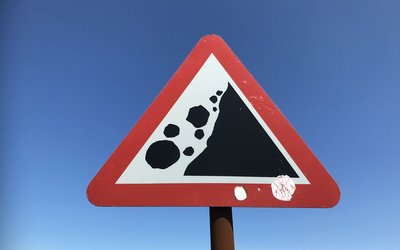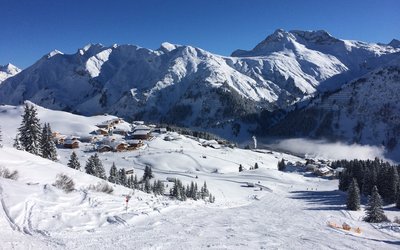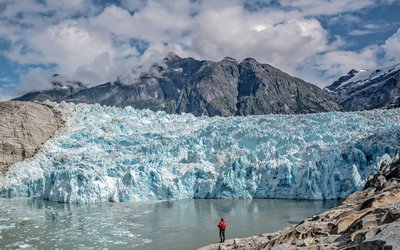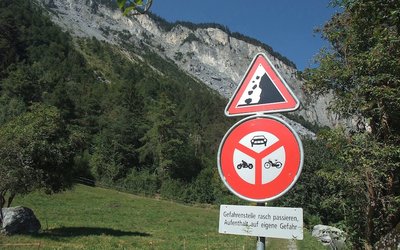Europe’s road and rail transport more often exposed to landslides this century
May 2, 2018
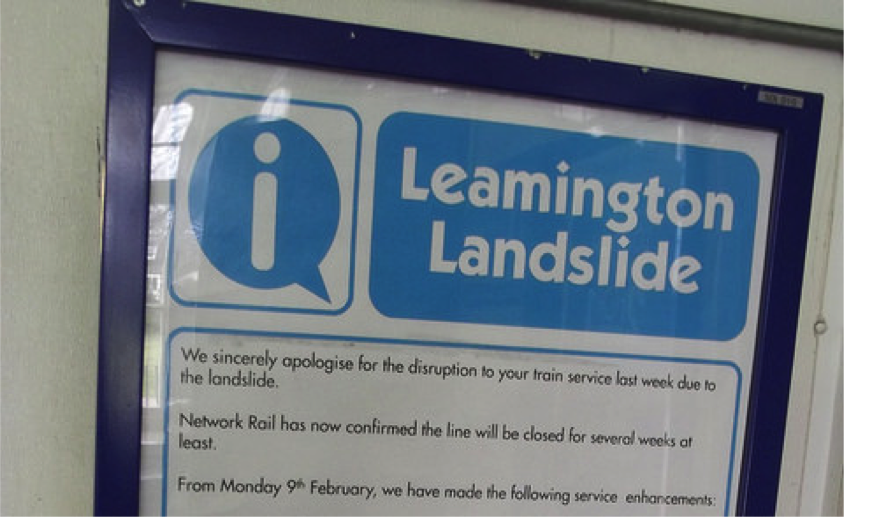
More landslides may disrupt Europe’s road and rail transport corridors (photo: Elliott Brown, www.flickr.com)
More heavy precipitation events will probably increase the number of landslides in parts of Europe that are susceptible to landslides because of their steep hills and geological subsoil. This is especially the case for a number of regions along the north side of the Alps: the Jura Mountains, the Vosges, the Black Forest, the Swabian Jura, the Bavarian Pre-alps, the foothills of the Austrian Alps and the Bohemian Forest. These regions are also important transport corridors for Europe’s road and rail network. More landslides may disrupt these corridors and cause a lot of damage. Information about expected future changes in landslide occurrence and its impacts on land transport infrastructure may provide a basis for the implementation of adequate adaptation measures.
Heavy precipitation events can trigger landslides when they exceed a certain threshold: a certain amount of precipitation in 3 succeeding days including at least 1 day with extremely heavy precipitation. The potential increase of the number of these events was assessed for central Europe for an intermediate scenario of climate change.
The results of this study show that the frequency of landslide-triggering extreme climate events will slightly increase over time. At the end of this century, the aforementioned areas along the north side of the Alps are likely to experience substantially increased landslide activity compared to current climate conditions. The increase may be up to 14 additional landslide-triggering rainfall events per year, on average.
Source: Schlögl and Matulla, 2018. Natural Hazards and Earth System Sciences 18: 1121-1132.

